The Best Way to Understand How a Mechanical Watch Works…? Learning by Doing It Yourself
Want to know how it works? Assemble your own watch or mechanical movement!
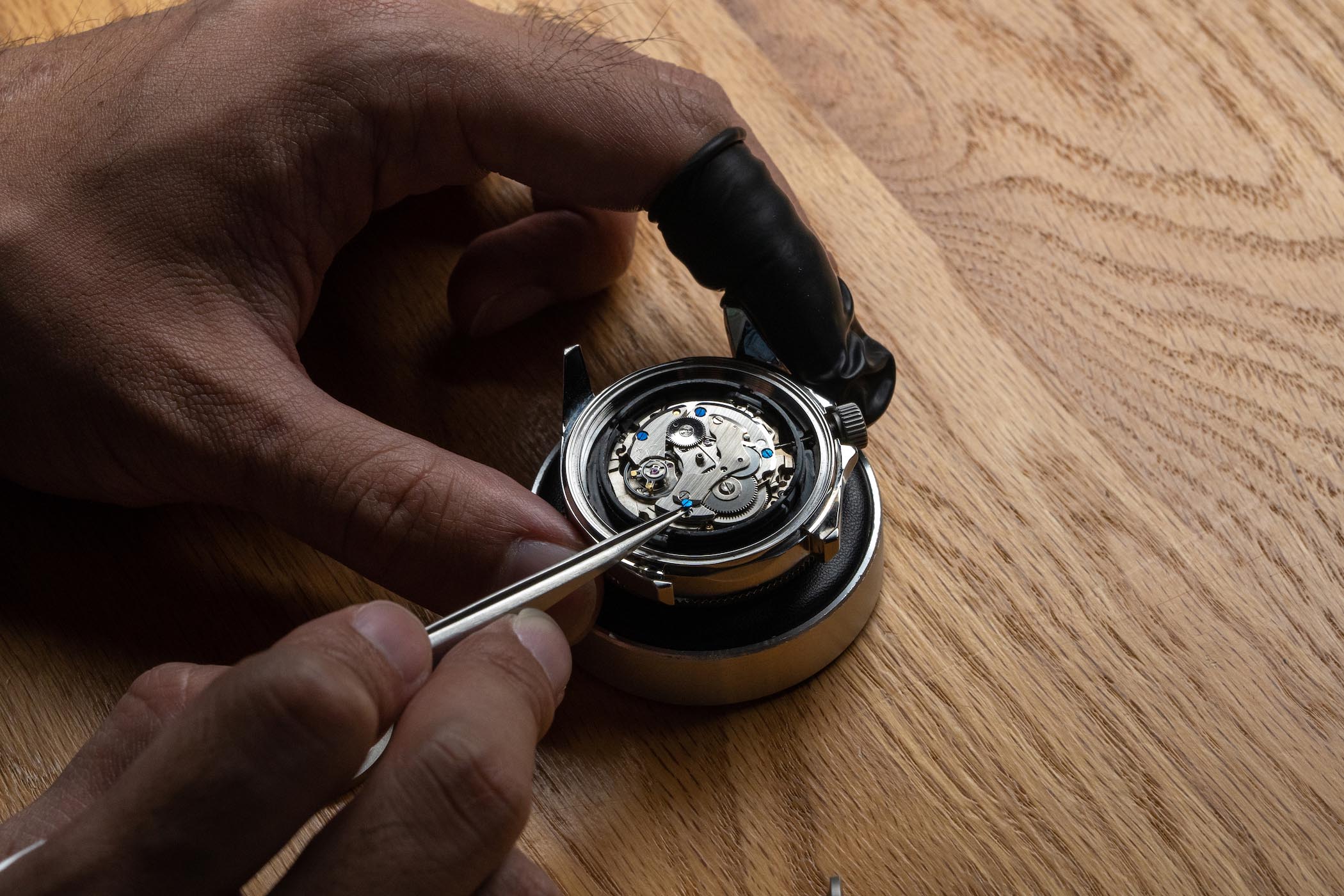
Watches are fascinating objects. Whether you’re just curious or want to become a more knowledgeable watch aficionado, one of the best ways to get a good understanding of how a mechanical watch works and of the basics of watchmaking is, without a doubt, to learn by doing. Assembling a watch or a mechanical movement may sound like a daunting task… But give it a bit of time and patience, with the right tools and guidance, and then it becomes possible – the building process just has to be taken one step at a time.
Several companies are offering do-it-yourself watchmaking kits. Among these, we have tried DIYWatchClub, putting together a watch from a set of components (including a pre-assembled Japanese movement) thanks to a pretty nice set of basic tools and easy-to-follow step-by-step video instructions. Different types of watches are proposed. You can also get your rotor customized or even order a thermal blueing kit! Sure, you need to be patient and focused, and there are a few delicate steps (such as fitting the hands) but that’s a very cool package and experience. An afternoon should be enough to assemble your own watch. Last but not least, their prices (somewhere between USD 250 and USD 400) are really fair, knowing that in the end, you’ll have a watch to wear.
Another great solution (or a great gift for a watch aficionado) is also to attend watchmaking sessions. Some brands are organizing hands-on masterclasses for their clients. And there are also a number of specialized companies offering such experiences.

Among these, we can recommend the Watch Academy by Cimier located in Biel, Switzerland. This company organizes watchmaking introduction courses. A fun, enjoyable and educative experience, they also give you the possibility to assemble your own watch, after selecting your models (powered by a Unitas, a skeletonized Unitas or an automatic movement) and each of your components to personalize it (case, dial, hands, movement, strap, etc.). Over the course of a day, after a short introduction to the basics of watchmaking, their watchmakers will guide you through the process of assembling your watch starting by the assembly of the movement. The support of a professional is really appreciable here for a few crucial steps, in particular for the escapement and the balance wheel. There is indeed a big sense of achievement once you have completed your own watch.
There are several other options in Switzerland that include for instance Initium (they also offer Do-it-yourself Watchmaking kits) or the Fondation de la Haute Horlogerie. And there are many more initiatives of this kind to be found around the world.
Now that we’ve given you the keys, it’s only up to you to learn more about watchmaking. And then, you won’t have excuses anymore when it comes to understanding how a mechanical watch works!

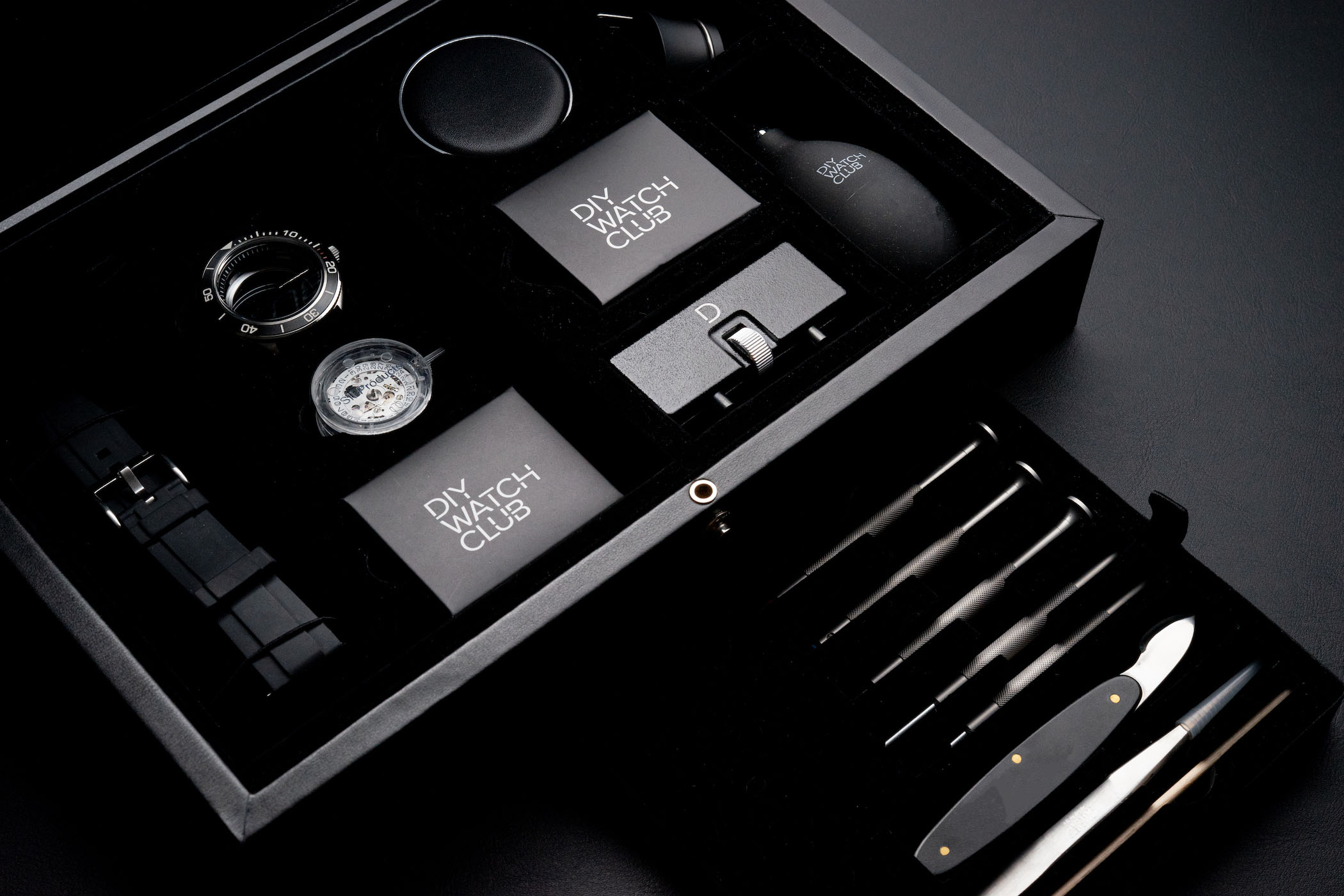
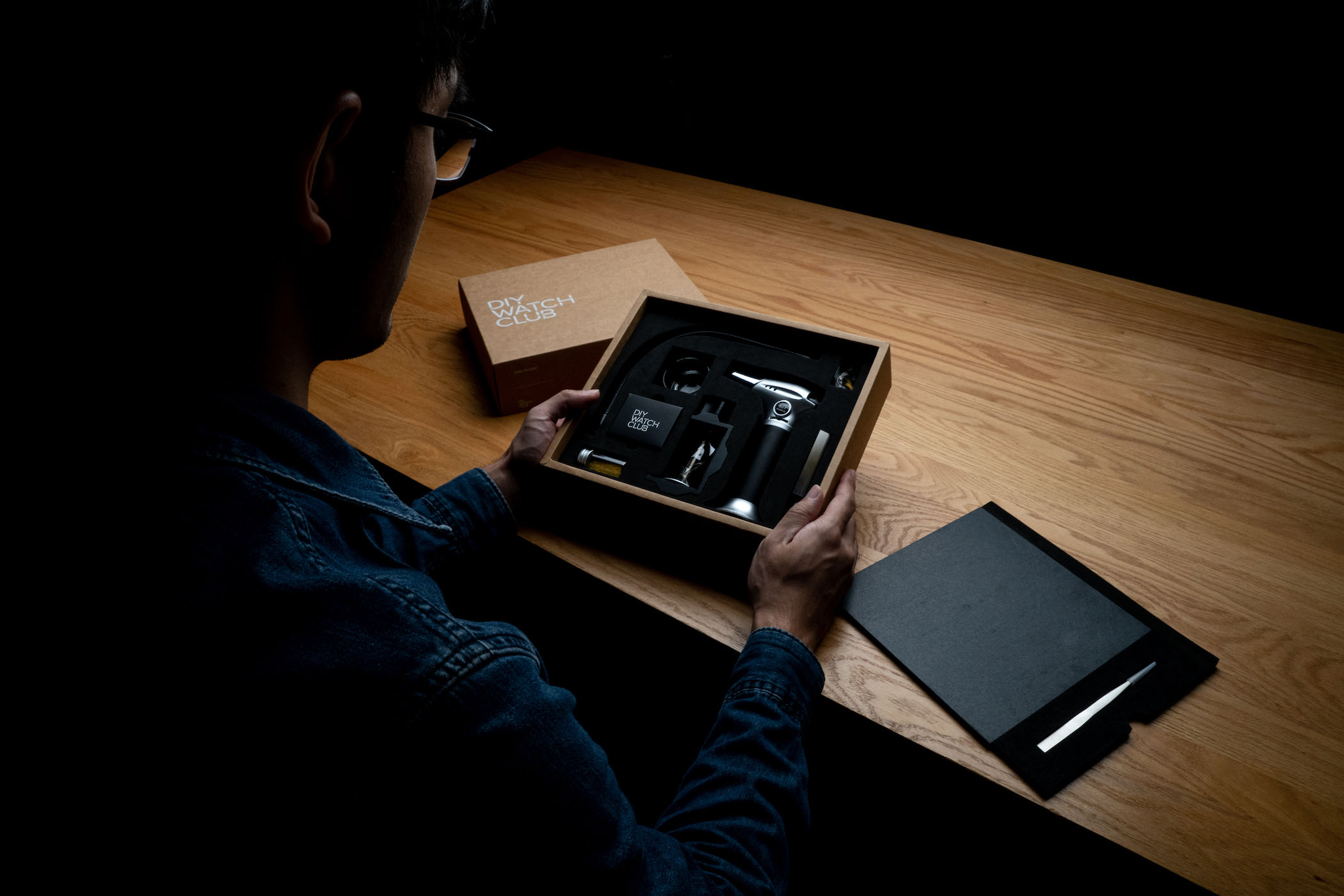
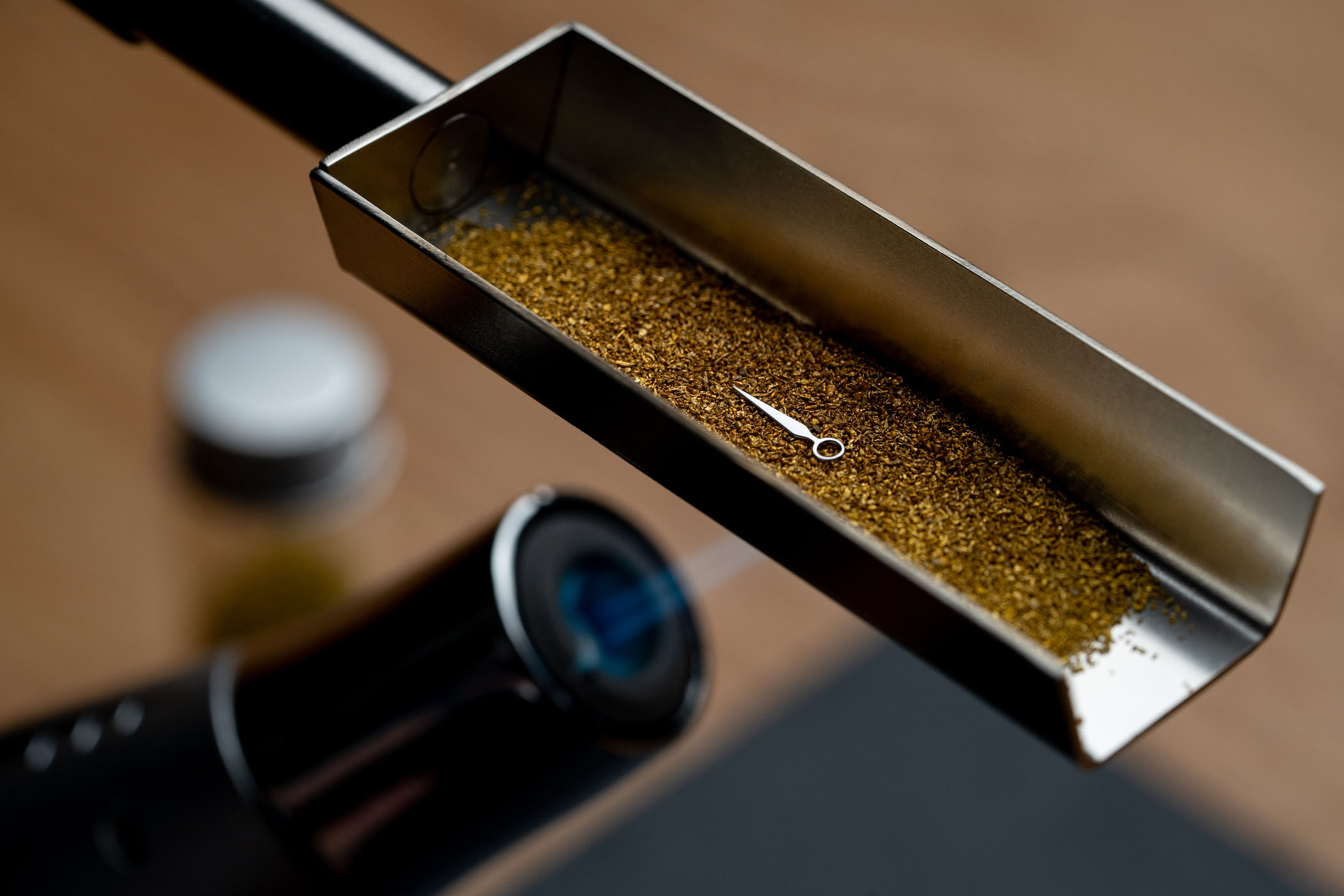

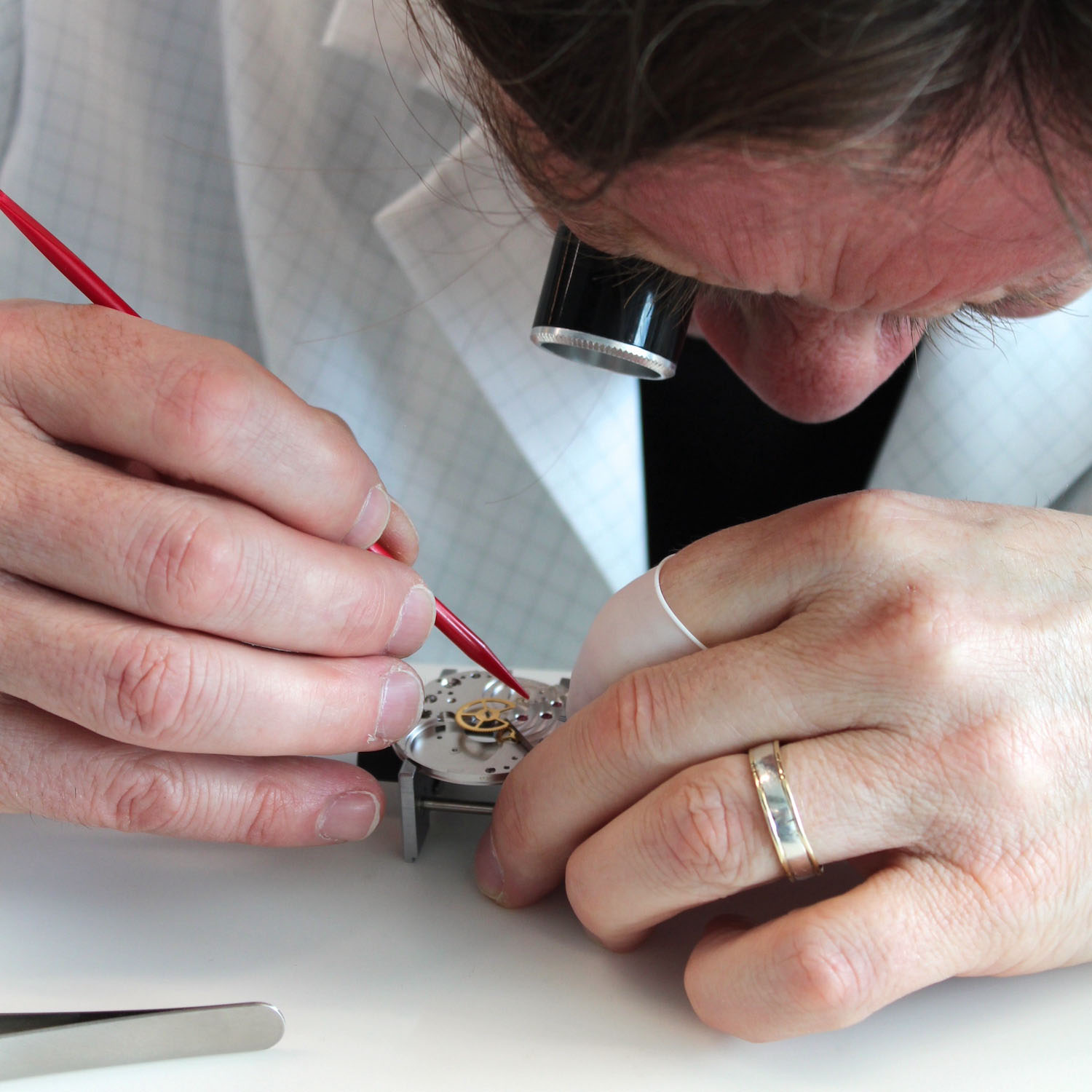



1 response
This is awesome, thank you for sharing!